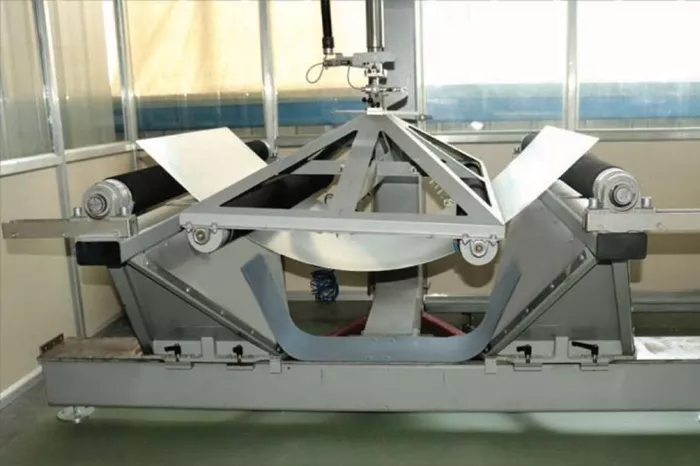Borosil Renewables has announced a major expansion of its solar glass production capacity, aiming to add 600 tonnes per day (TPD) to its existing operations. The company’s board has approved an updated investment plan worth ₹950 crore to support this growth.
The company currently operates a 1,000 TPD facility in Bharuch, Gujarat. The expansion plan will add two new furnaces, each with a capacity of 300 TPD. This revised plan replaces an earlier proposal, which involved a 500 TPD increase at a cost of ₹675 crore.
Funding for the project will come from a mix of equity, debt, and internal reserves. The final financing structure will be decided by the company’s management in due course.
Borosil Renewables cited favorable market conditions as the reason behind the expansion. In particular, the Indian government’s decision to impose anti-dumping duties on solar glass imports from China and Vietnam has played a key role. The five-year duty, effective from December 4, 2024, is expected to support domestic manufacturers by reducing unfair competition.
Anticipating increased demand, the company is preparing to meet the needs of a growing market. With the additional capacity, Borosil Renewables aims to increase both production and sales volumes.
Part of the Borosil Group, Borosil Renewables operates a 100-acre facility in Bharuch. Its current solar glass output supports around 6.5 gigawatts (GW) of annual solar power capacity. The company is the only solar glass manufacturer in India and plays a vital role in the country’s renewable energy sector.
Borosil Renewables specializes in producing high-transmission, low-iron patterned glass used in photovoltaic (PV) panels and solar thermal systems. It has consistently invested in advanced technologies and expanded capacity to align with India’s clean energy goals.
The company’s solar glass is known for its durability and eco-friendly manufacturing process. By meeting global quality standards and promoting sustainability, Borosil Renewables supports India’s green energy transition. It continues to contribute to lowering the carbon footprint of solar power production, reinforcing its position as a key player in the renewable energy value chain.

